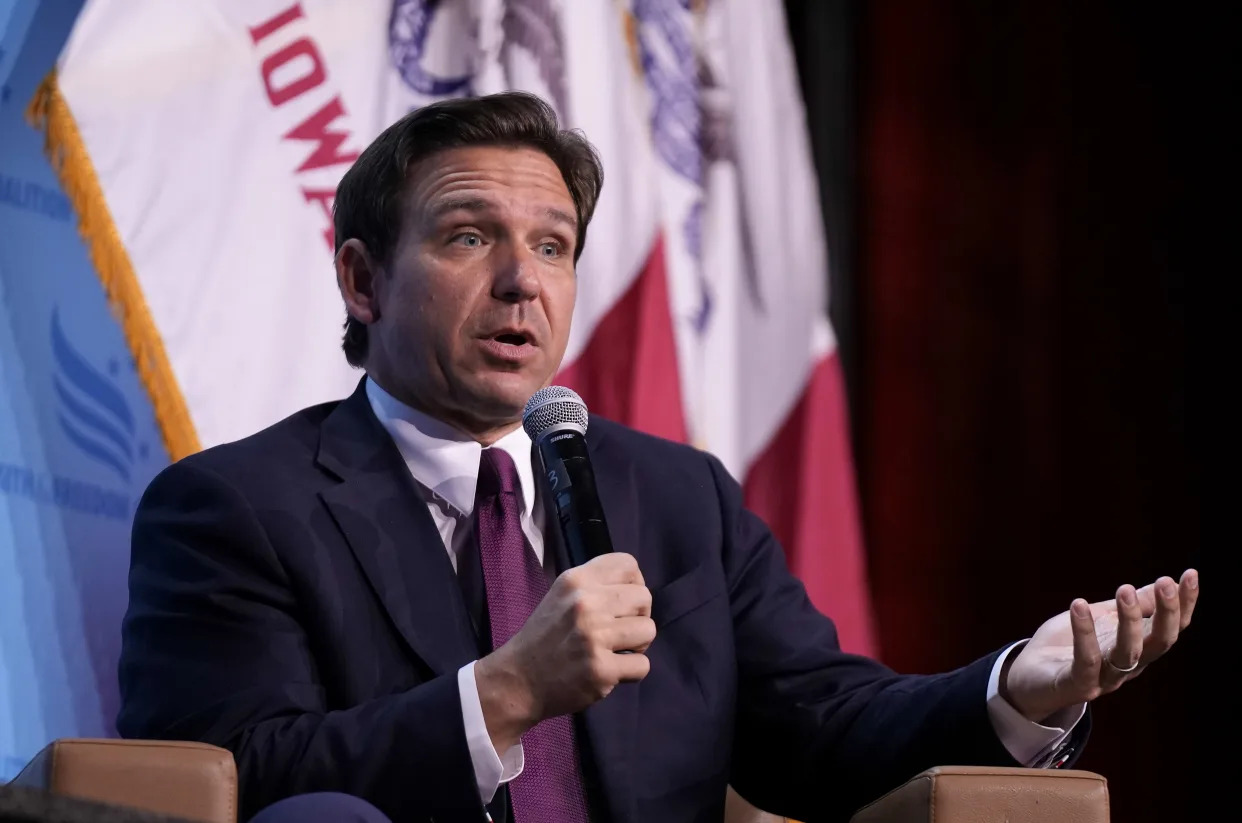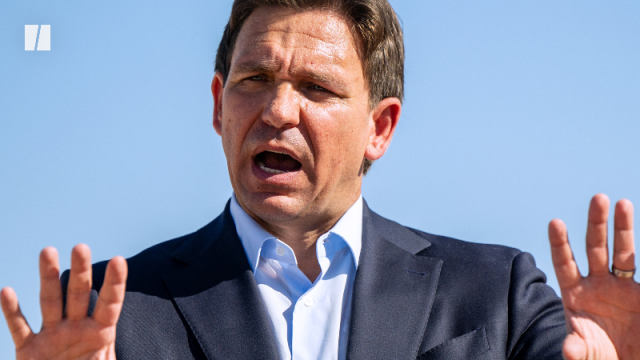Sissi Cao
Thu, September 21, 2023

Bill Gates speaks onstage at The New York Times Climate Forward Summit 2023 at The Times Center on September 21, 2023, in New York City. Bennett Raglin/Getty Images for The New York Times
Bill Gates is a major donor to causes fighting climate change, both on a societal and personal level. Every year, he writes a $10 million check to a company to buy clean energy for others as a way to offset carbon emissions generated by himself. But his money only goes to climate solutions proven by technology, not untested approaches such as planting trees.
At the New York Times Climate Forward Summit today (Sept. 21) in New York City, Gates said he is the largest individual client of Climeworks, a company that develops technologies for capturing carbon dioxide directly from the air. In addition to carbon capture, the company does “a variety of things” for Gates, he said, such as buying electric heat pumps for low-income households and solar panels.
“But I don’t use some of the less proven approaches. I don’t plant trees,” Gates said during an onstage interview with New York Times climate correspondent David Gelles. Gelles remarked that many people believe, if we just plant enough trees, it will take care of the climate issue altogether.
“And that’s complete nonsense,” Gates said. “I mean, are we the science people or are we the idiots? Which one do we want to be?”
After a brief, awkward silence, Gelles quipped he was going to call his friend, Salesforce CEO Marc Benioff, and ask what he thinks. In 2020, Benioff and his wife, Lynne, started an initiative to plant a trillion trees on Earth by 2030 as part of his solution to the climate crisis.
Climate scientists have found that simply planting a lot of trees would have a minimal effect on halting global warming because it takes a long time for trees to reach maturity and absorb enough carbon to make a difference. An analysis earlier this year by MIT and the nonprofit Climate Interactive found planting a trillion trees would prevent only 0.15 degrees Celsius (0.27 Fahrenheit) of warming by 2100.
Climeworks’s carbon capture plant can capture up to 4,000 tons of CO₂ from the air annually on a 0.42-acre land; that’s almost 1,000 times more effective than trees on the same land, according to the company’s website. Climeworks sells monthly carbon offset plans priced from $28 to $112 to individual customers. The more you pay, the more CO2 from the air the company will remove in your name.
Gates argued for a tech-driven approach to tackle climate change. His family nonprofit, the Bill and Melinda Gates Foundation is a major donor to climate causes. And his climate-focused investment firm, Breakthrough Energy Ventures, backs more than a dozen startups developing clean energy solutions.
“I’m the person who is doing the most on climate in terms of the innovation and how we can square multiple goals,” Gates said.
He stressed the role of innovation in government-driven climate initiatives because policies, such as subsidies and carbon taxes, are often either unviable or insufficient.
“I believe we should spend a lot of money on climate change. I believe we should have very high carbon taxes. But the political realities are such that, without innovation, it’s unlikely, particularly in middle-income countries, that the brute-force approach will be successful,” Gates said.



























